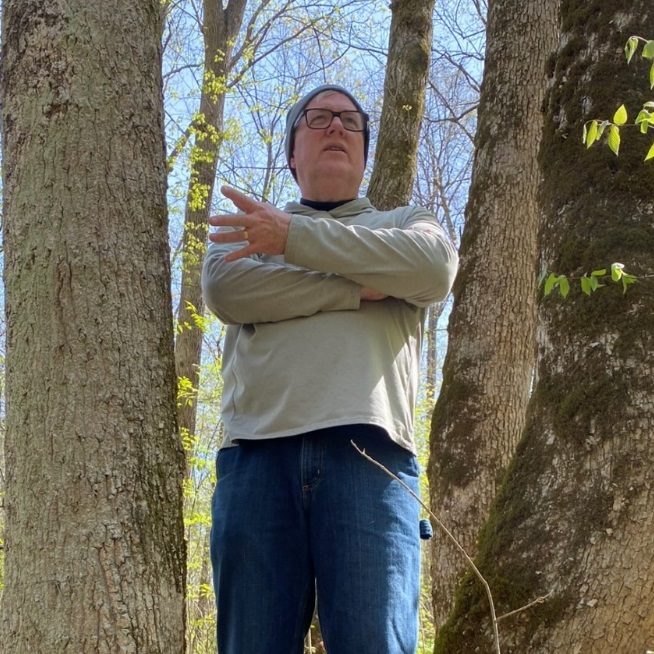How Indiana’s Woodland Owners Can Help Preserve Habitats for Migratory Birds

It’s hard to believe that there has been a net loss of nearly 3 billion birds since 1970! What’s even more shocking is that 46 different species have lost half of their population!
“Another way to think about that is that we have lost one out of every four birds in North America since that time,” according to Allen Pursell, Director of Forest Programs for the Sam Shine Foundation. He’s also based in Floyd County, Indiana.
That’s why there’s a new program called “Forestry for the Birds” to bring awareness to the issue—and to educate Indiana’s landowners.
He tells Hoosier Ag Today that we could see as many as a dozen different species of birds completely disappear in Indiana—much like the Prairie Chicken.
“By 1982, the Prairie Chicken was gone,” says Pursell. “It wasn’t because people didn’t recognize that it was disappearing. It was because we did too little too late. I hope we don’t get into a place with a lot of these birds that we say we did too little too late. We’re not there. For a lot of them, we still have a chance to do something.”
Among the migratory birds that are on Pursell’s watchlist include:
- Yellow-billed and Black-billed Cuckoos
- Eastern Whip-poor-will
- American Woodcock
- Eastern Screech-Owl
- Red-headed Woodpecker
- Wood Thrush
- Eastern Towhee
- Yellow-breasted Chat
- Baltimore Oriole
- Worm-eating Warbler
- Hooded Warbler
- Cerulean Warbler

He says that woodland owners can help by putting several practices into place.
“One of these practices would be crop-tree release,” he says. “Just going through the forest with a forester, picking out the trees that you want to grow for timber, and then killing other trees around them that may be competing. That killing of those trees will create habitat. It will create standing dead trees and will even allow light to hit the ground that will benefit some birds like redheaded woodpeckers and hooded warblers.”
Pursell says another practice is prescribed or controlled fire.
“We’ve been taught that fire in the forest is bad, but what’s bad are wildfires,” he says. “But a controlled fire can be a good thing. We know from Native Americans that they burned the land so they could attract a game for hunting and that they could manage the land for Oak trees, which are actually prosperous in the presence of fire. So, more [controlled] fire does good for both birds and for the forest itself.”
Read more about the “Forestry for the Birds” program by visiting SamShineFoundation.org.
Also, learn more about the Indiana Forestry and Woodland Owners Association by visiting www.IFWOA.org.
CLICK BELOW to hear Hoosier Ag Today’s radio news report:

